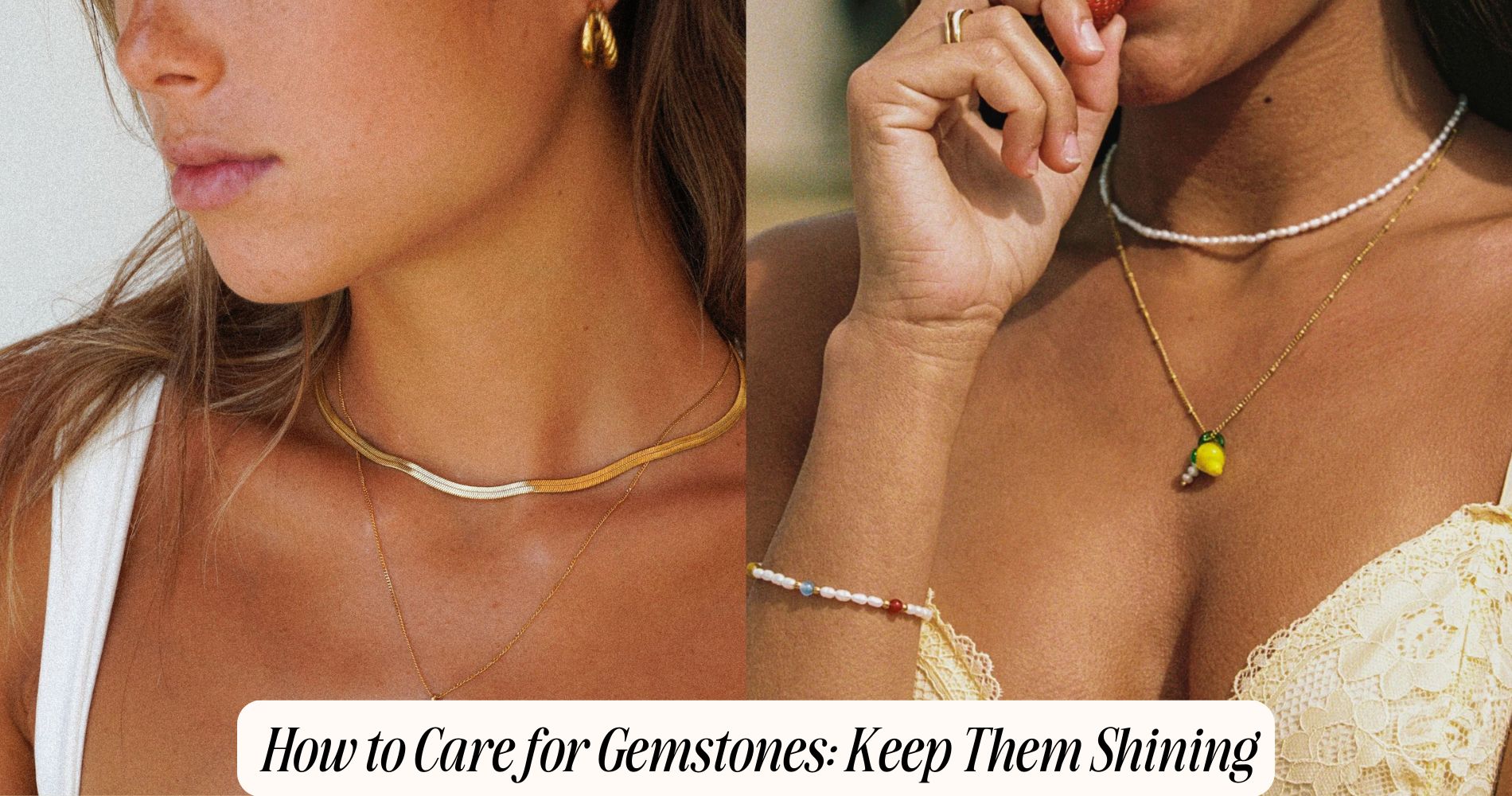
How to Care for Gemstones: Keep Them Shining
How to care for gemstones starts with understanding each stone’s mineral composition—its hardness, inclusions, and any treatments it’s undergone—all of which shape how to best protect and clean it. Use lukewarm, pH-neutral detergent and a soft brush to clean quartz and sapphire, but avoid harsh methods for softer or porous gems like opal or turquoise. Store your gemstones separately in padded, lined containers to prevent scratches, and handle pieces by their settings. For complicated issues, consult a professional. For worry-free sparkle, explore our waterproof jewelry collection for durable, everyday pieces. Keep learning to master cleaning, protection, and safe handling tailored to every gemstone.
Understanding Your Gemstone’s Unique Needs
Because each gemstone possesses distinct mineralogical properties, you need to understand its specific composition and structural characteristics before choosing a care regimen. Assess hardness, cleavage, and crystal system, as these factors dictate susceptibility to scratching, fracturing, or chemical alteration.
For example, diamonds exhibit high Mohs hardness and excellent durability, while opals, with lower hardness and water content, are more sensitive to environmental changes. Familiarize yourself with gemstone history and gemstone symbolism, as certain traditions or cultural practices may influence the care expectations for a stone.
Evaluate inclusions, treatments, and surface coatings, since these can impact stability under heat, light, or cleaning agents. By analyzing your gemstone’s mineralogy and historical context, you’ll develop a tailored approach that preserves both its physical and symbolic attributes.
Safe Cleaning Methods for Different Gemstones
While each gemstone requires a tailored approach to cleaning, the underlying principle is to match the cleaning method to the stone's mineralogical properties.
For instance, you should avoid ultrasonic cleaners for porous gems like opal and turquoise, as vibrations and water infiltration may cause damage.
Use lukewarm water and a mild, pH-neutral detergent with a soft brush for most crystalline minerals such as quartz and sapphire.
Polishing techniques for softer stones, such as malachite and amber, require non-abrasive cloths to prevent surface scratches.
Adjust your cleaning frequency according to the gemstone’s hardness and exposure to contaminants; softer stones benefit from less frequent, gentle cleaning, while harder stones tolerate regular maintenance.
Always rinse thoroughly to remove residues that might cause chemical interactions or surface dulling.
Proper Storage Solutions to Prevent Damage
Although gemstones possess varying degrees of hardness and toughness, improper storage can lead to abrasion, chipping, or chemical alteration. You should always place individual gemstones or jewelry pieces in dedicated storage containers lined with soft, non-abrasive materials such as felt or velvet. This minimizes contact between minerals of differing Mohs hardness, which can otherwise result in surface scratches or fractures.
After performing cleaning rituals, allow each piece to dry thoroughly before returning it to its compartment to prevent moisture-induced chemical reactions, such as tarnishing or etching. For ideal protection, avoid storing organic and porous gems, like opal or pearl, alongside harder specimens.
Implementing these storage solutions will ensure your gemstones retain their luster and structural integrity for years, minimizing risk of inadvertent damage.
Handling and Wearing Gemstone Jewelry Safely
Protecting gemstones doesn’t end with storage; how you handle and wear them plays a significant role in preserving their physical and optical properties. Always avoid exposing gemstones to abrasive surfaces or sudden temperature changes, as these can cause cleavage, fractures, or alteration of luster.
Remove jewelry before engaging in activities that risk mechanical shock or chemical exposure, such as cleaning or swimming. For ideal travel safety, transport gemstone jewelry in padded pouches or compartments to prevent contact-induced scratching or chipping.
When handling, grasp jewelry by the metal settings rather than the stones themselves to reduce the risk of contaminating mineral surfaces with oils or acids from your skin. Employ gentle cleaning tips, such as using a soft microfiber cloth, to maintain brilliance without compromising structural integrity.
When to Seek Professional Maintenance
Even with diligent care, certain gemstone issues require the expertise of a professional jeweler or gemologist. If you notice scratches, chips, or loose settings, don’t attempt repairs at home, as improper handling can worsen damage or compromise structural integrity.
Professionals assess the mineral composition and hardness of your gemstone to determine appropriate polishing techniques. For example, diamonds demand different abrasives than softer minerals like opals or turquoise.
Routine inspections—ideally every six to twelve months—help identify concerns early. Cleaning frequency also matters; excessive or improper cleaning can erode finishes or unset stones.
If your gemstone appears dull despite proper at-home care, or you’re unsure about safe ultrasonic or steam methods, consult a specialist. Professional maintenance preserves value, luster, and long-term durability.
Frequently Asked Questions
Can I Use Ultrasonic Cleaners for All Types of Gemstones?
You can't use ultrasonic cleaners for all gemstones due to ultrasonic cleaning risks. Gemstone sensitivity varies—porous, fractured, or treated minerals like opals, emeralds, and turquoise can sustain damage. Always analyze your gemstone’s mineral structure before cleaning.
How Do I Restore the Color of Faded Gemstones?
To achieve color restoration in faded gemstones, you'll need to use professional gemstone polishing techniques. Avoid harsh chemicals; instead, opt for mechanical polishing or gentle cleaning agents specifically designed for mineral specimens to enhance their optical properties and color vibrancy.
Are There Gemstones That Change Appearance Over Time?
You'll encounter color changing gemstones like alexandrite, which shift hue under different lighting. Some minerals, such as amber or turquoise, display age related gemstone transformations due to oxidation or dehydration, altering their appearance over decades or centuries.
What Household Chemicals Can Damage Gemstones?
You should avoid exposing gemstones to bleach, ammonia, or acidic cleaners, as these household chemical reactions can cause gemstone surface damage. Such chemicals may etch, discolor, or degrade mineral lattices, especially in softer gems like opal or turquoise.
Is It Safe to Expose Gemstones to Sunlight?
You shouldn't assume all gemstones tolerate sunlight exposure equally. Ultraviolet radiation can degrade color and reduce gemstone durability, especially in minerals like amethyst, kunzite, and topaz. Analyze each gemstone's photostability before prolonged display in direct sunlight.
Conclusion
By recognizing your gemstone’s mineral composition and physical properties, you’ll select the right cleaning agents and techniques to avoid abrasion or chemical alteration. Proper storage—separating softer minerals from harder ones—prevents scratches and fractures. Always remove gemstone jewelry before exposure to harsh chemicals or impact. If you notice structural changes, consult a professional gemologist for assessment and care. With informed handling and maintenance, your collection’s luster and structural integrity will endure for generations.


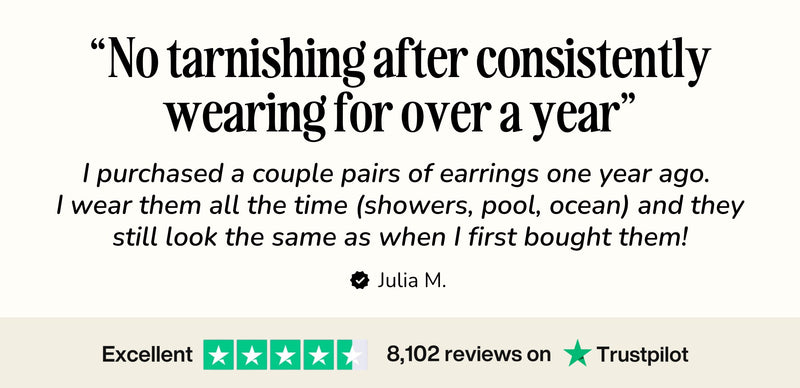




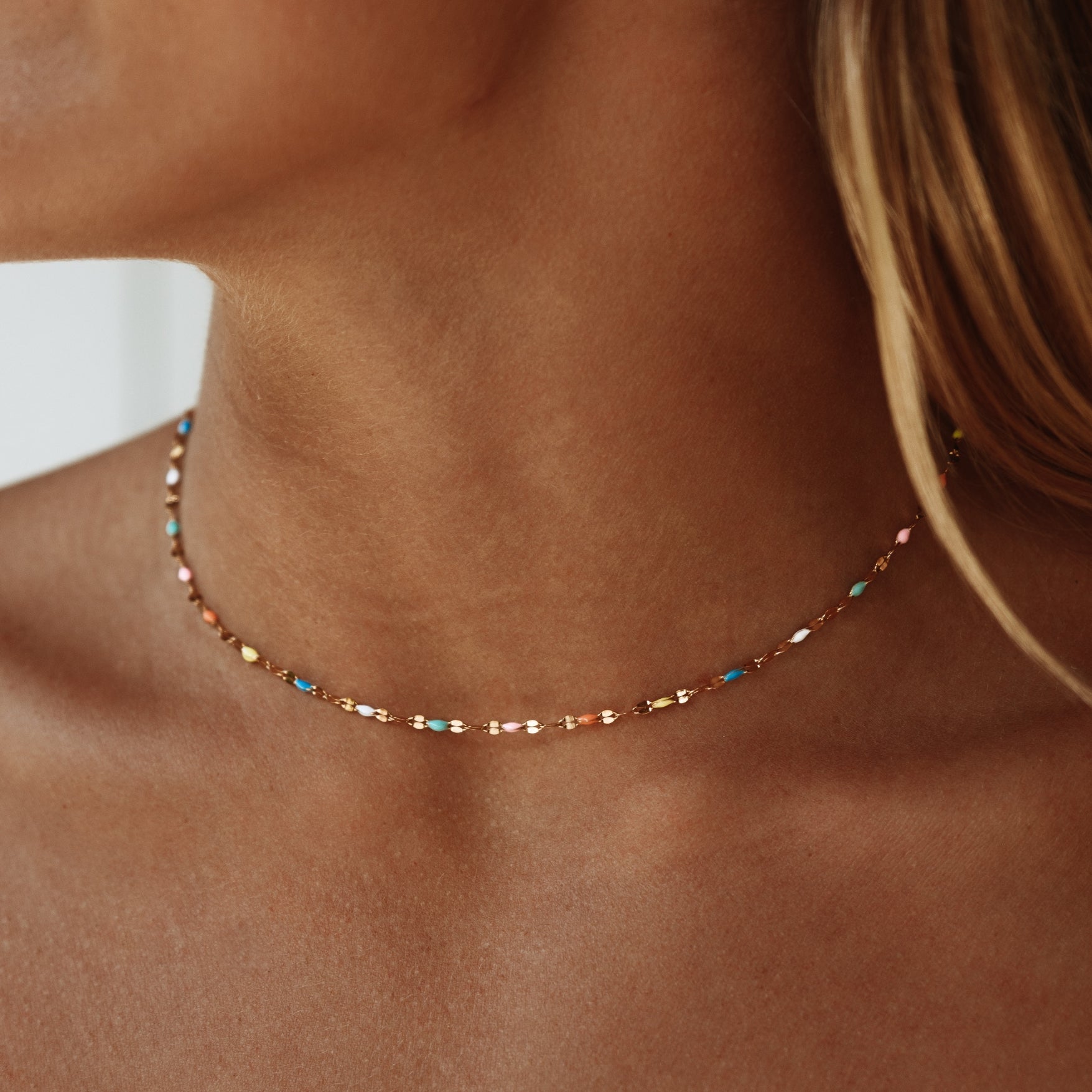
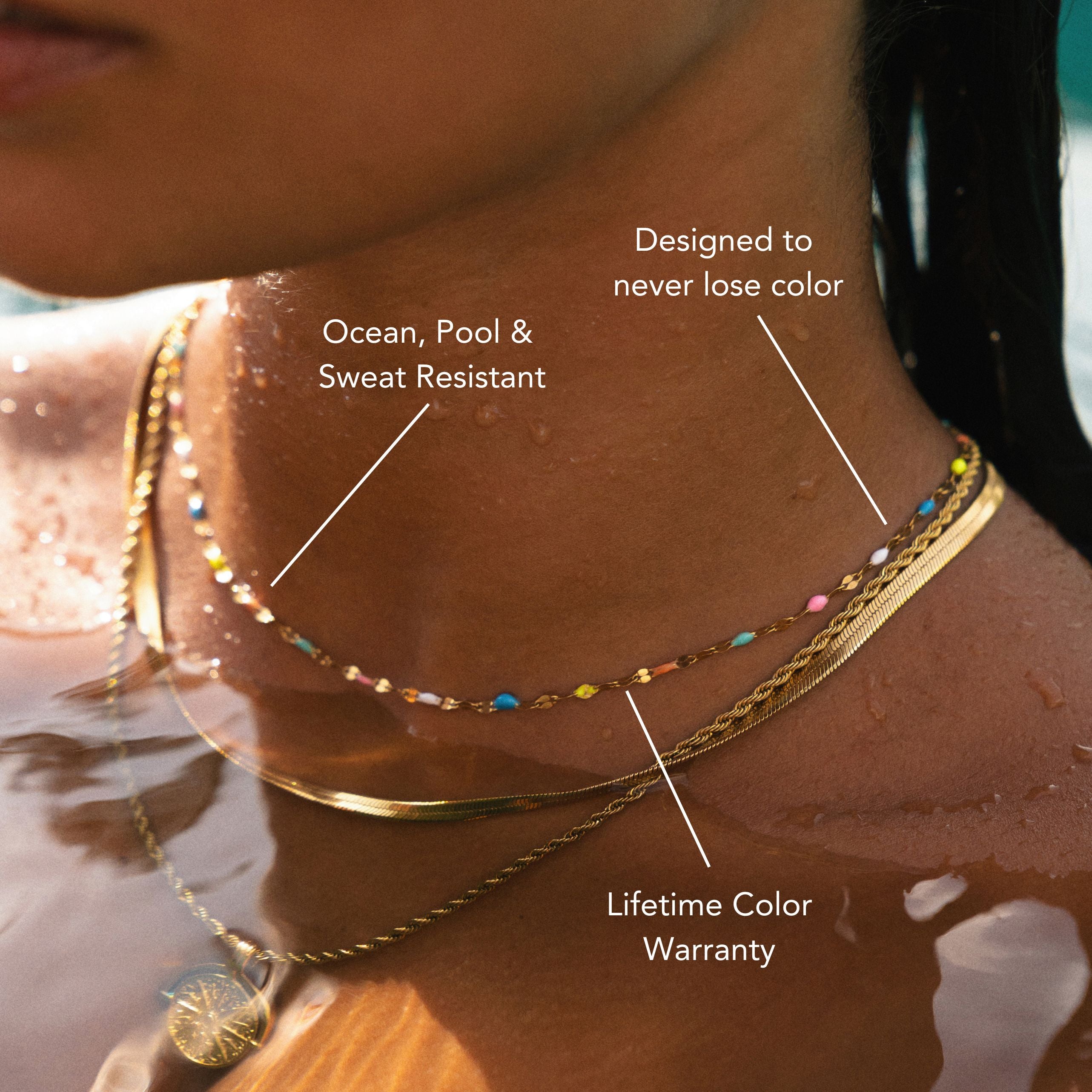
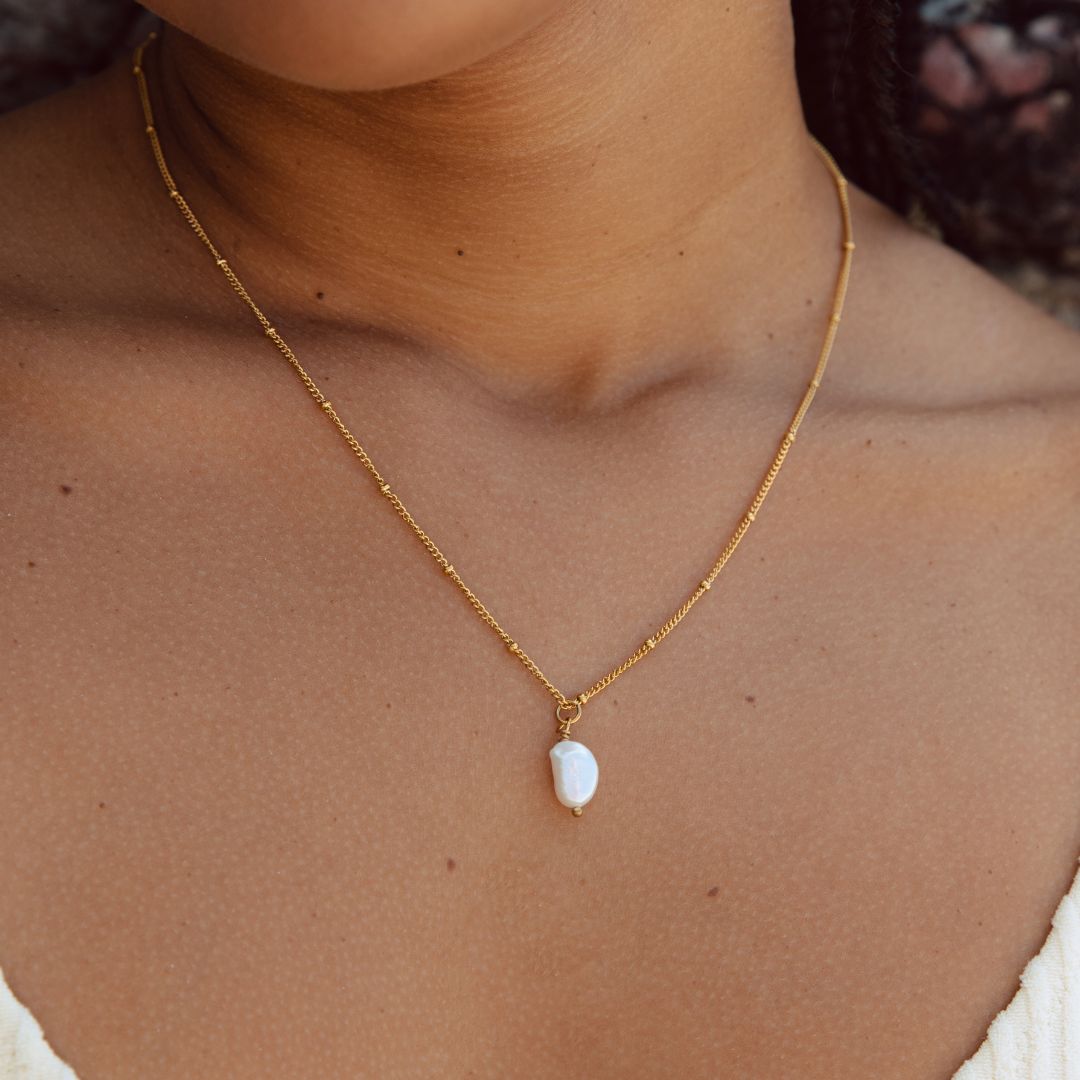


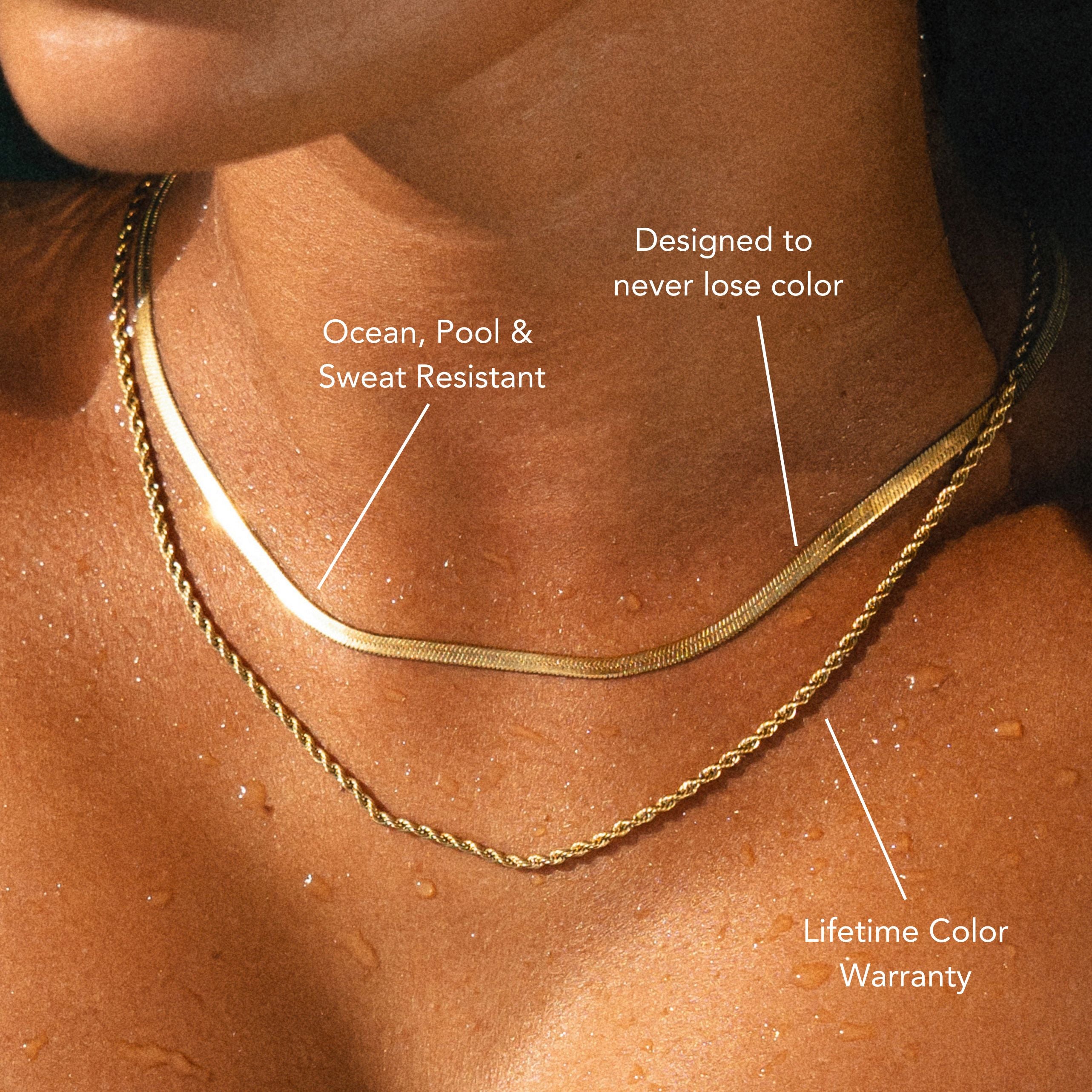
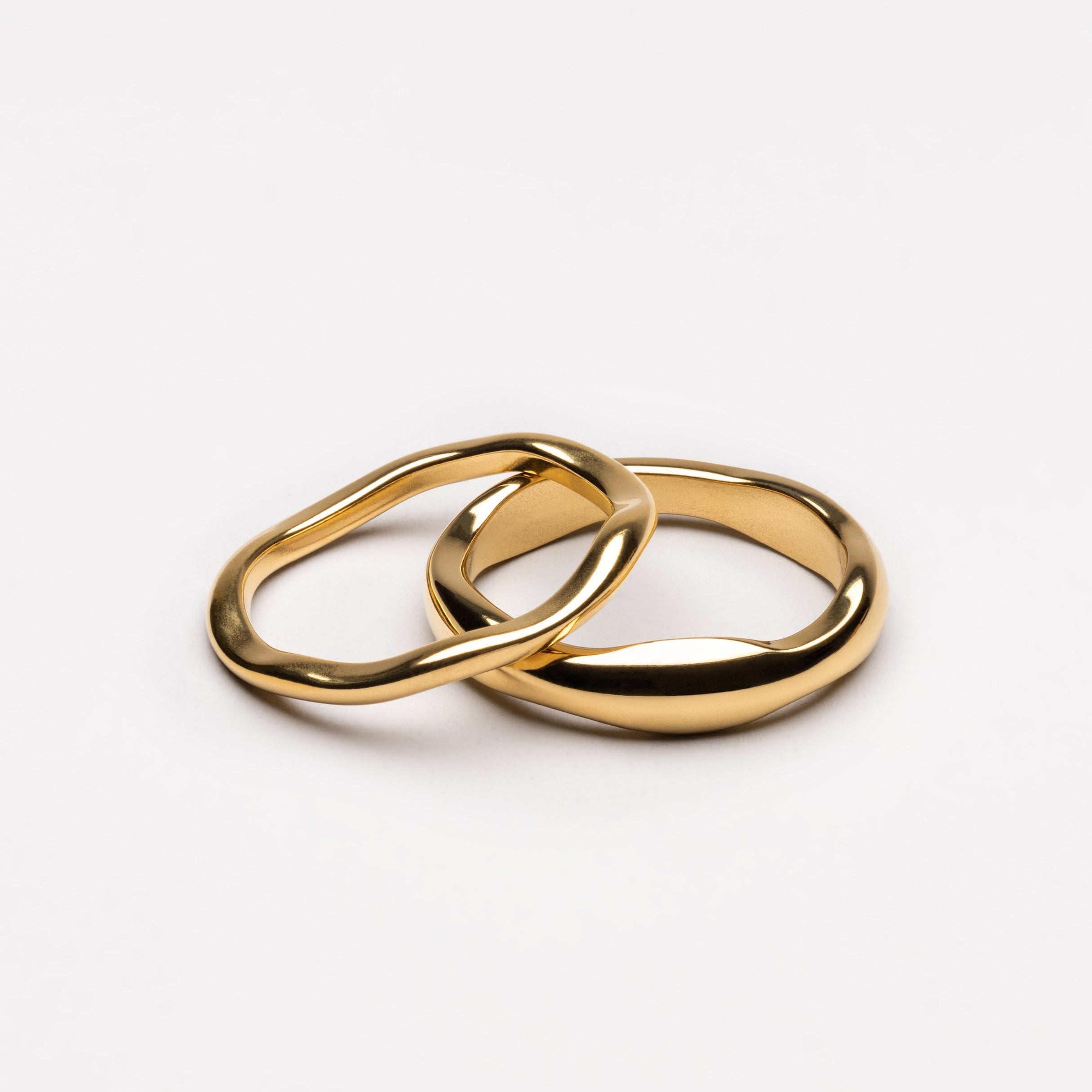

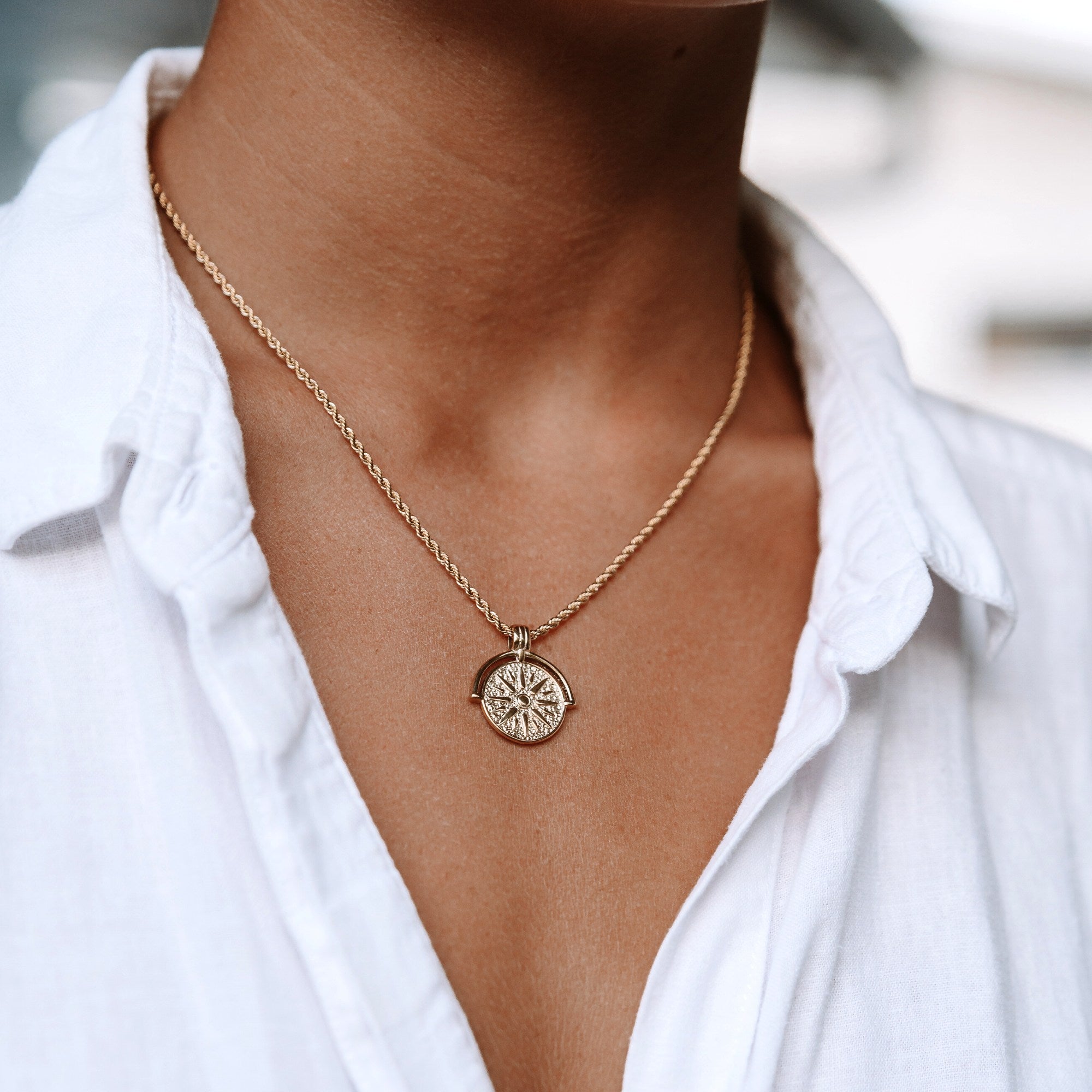
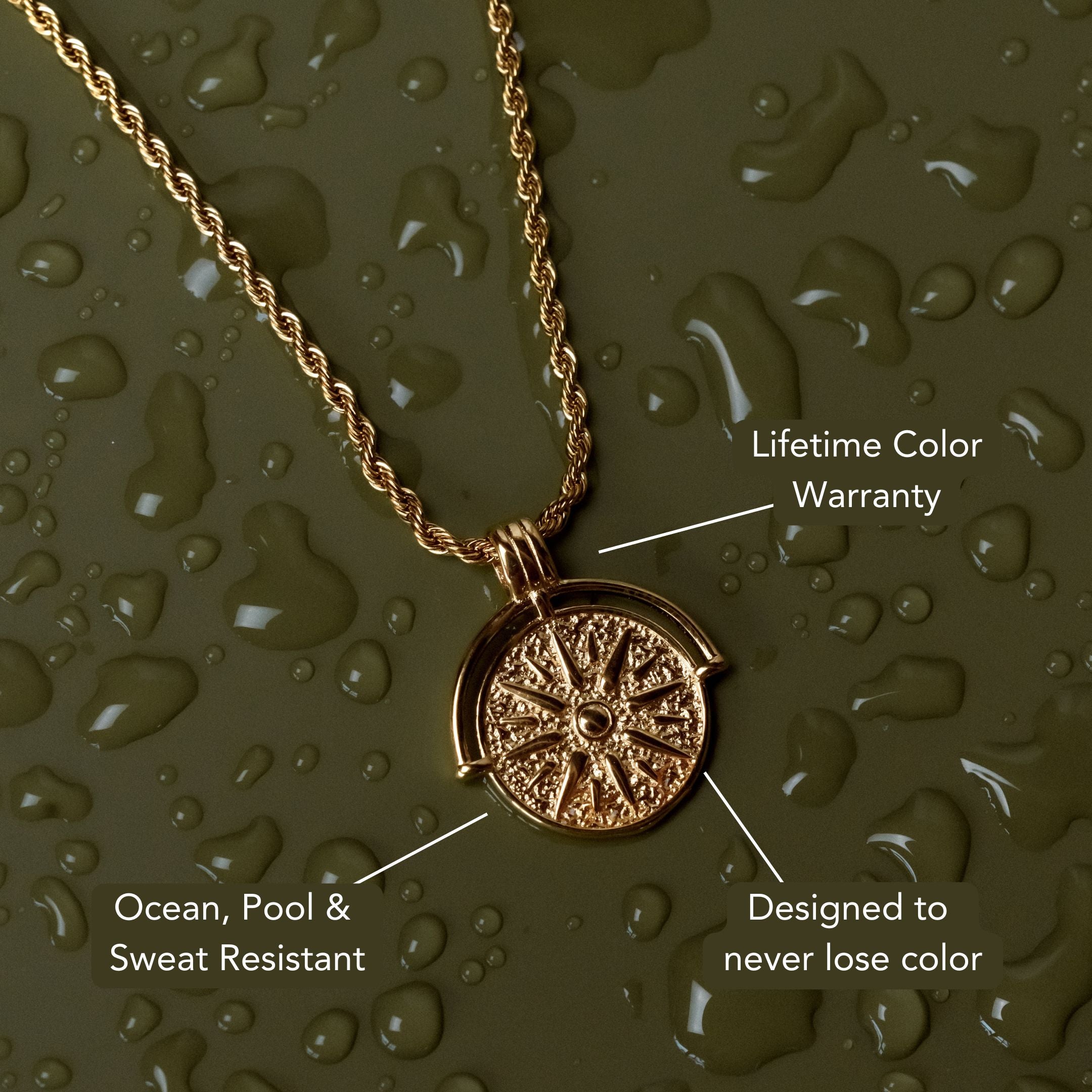

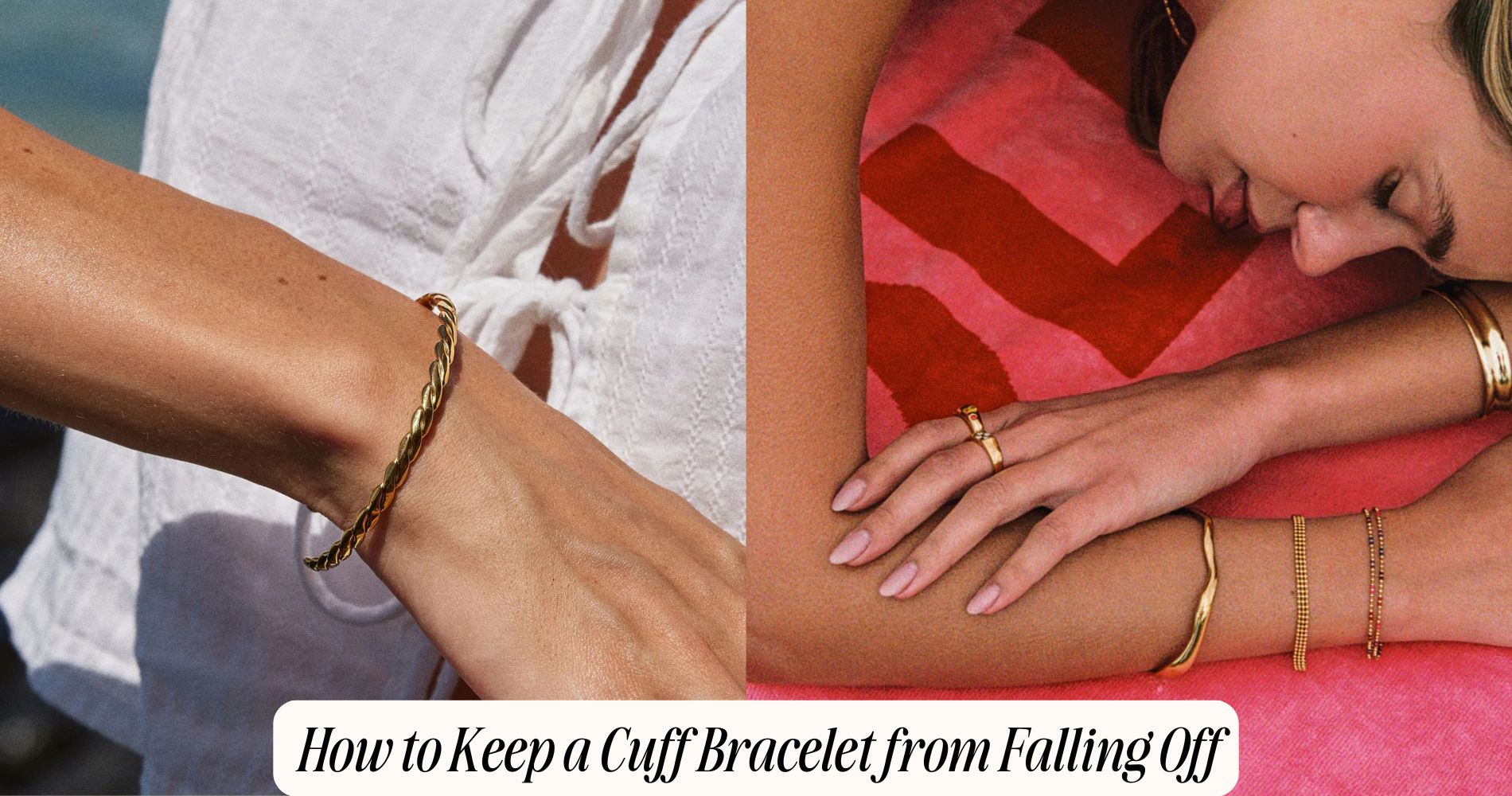




Leave a comment
This site is protected by hCaptcha and the hCaptcha Privacy Policy and Terms of Service apply.